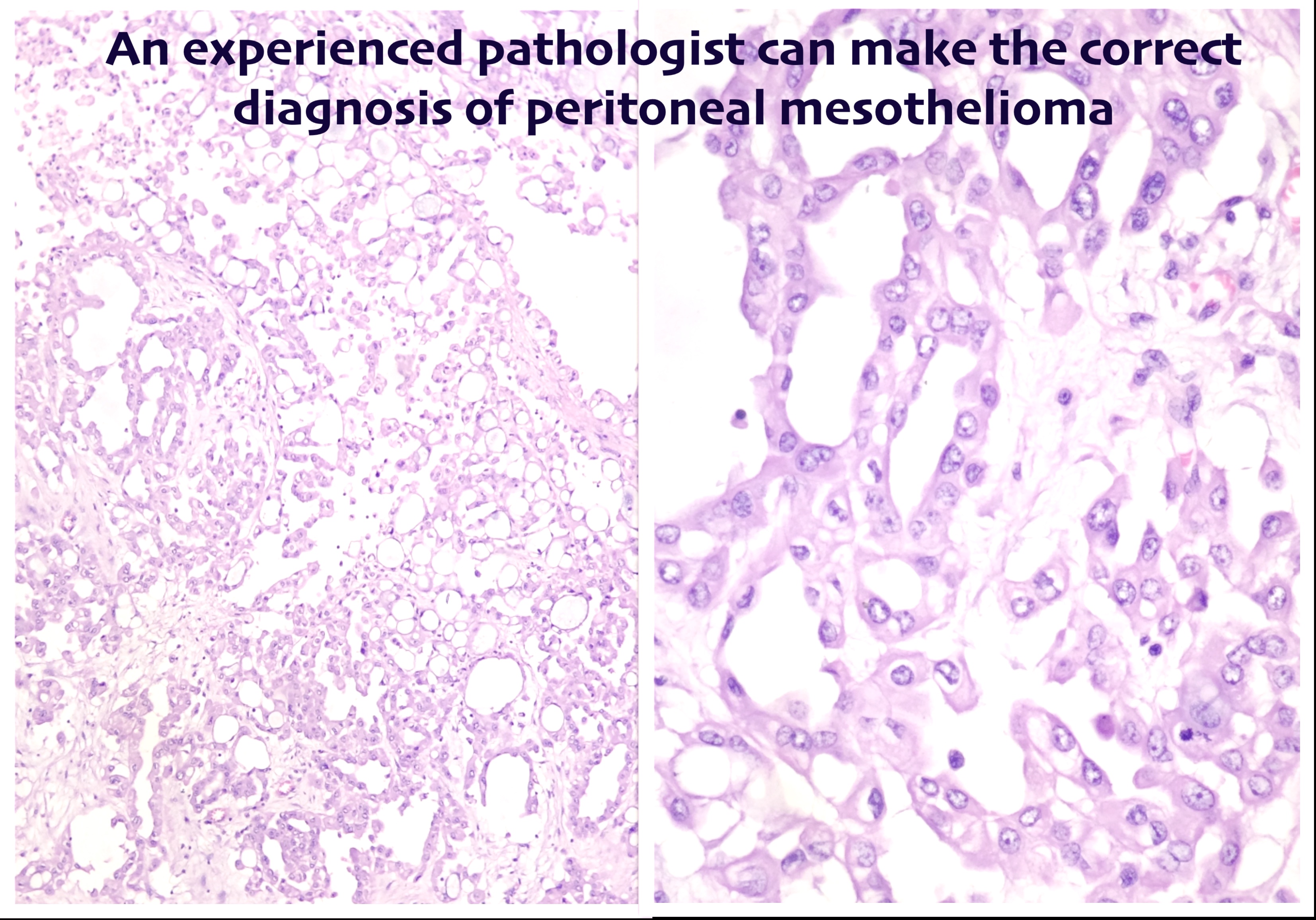Know about
Peritoneal Mesothelioma
The peritoneum cavity lines all the organs of the abdominal cavity and lubricates them, permitting their smooth movement. It has immunological functions also. Malignant peritoneal mesothelioma is a rare type of tumor arising from the peritoneum itself.
Peritoneal mesothelioma form plaque-like deposits on the visceral and parietal peritoneum which can range in size from a few millimeters to several centimeters. Due to this there is decreased absorption of peritoneal fluid leading to its accumulation and thus swelling of the abdomen. The movement of the intestines may be affected or they may get partially or completely blocked.
Mesotheliomas usually remain confined to the peritoneum and continue to grow within the cavity, however they may spread to the pleural cavity (pleura is the membrane covering the lungs) or to the glands in the abdomen and the chest.





